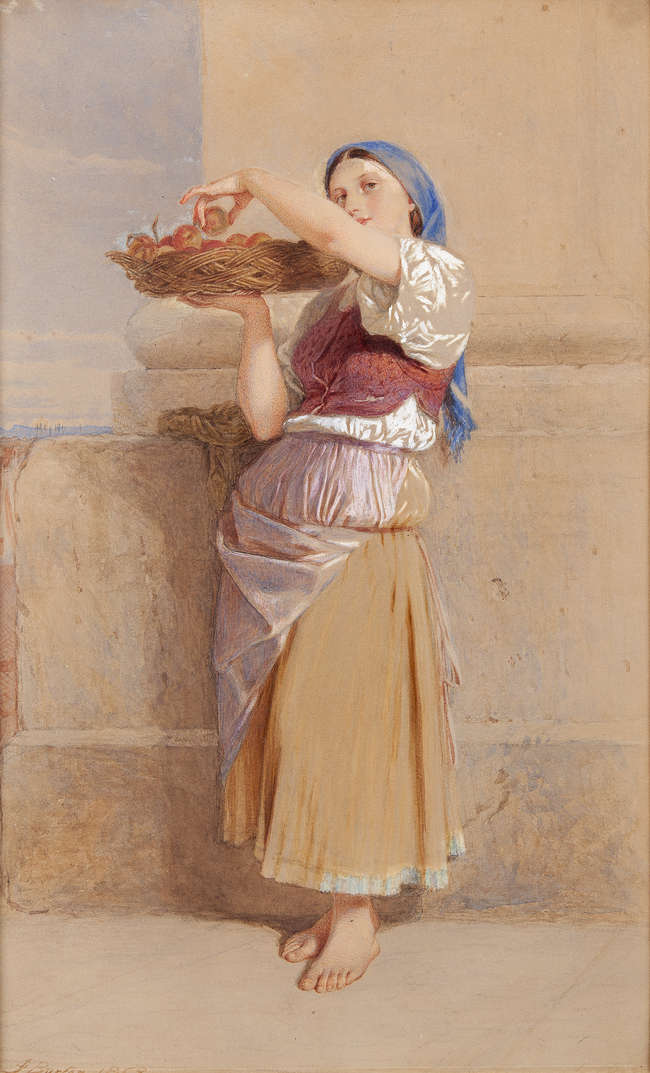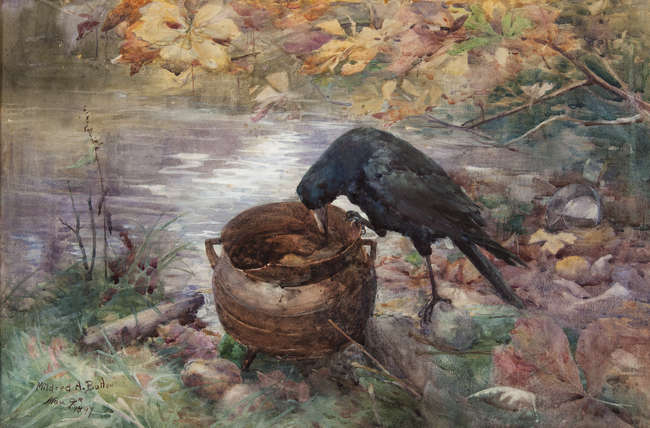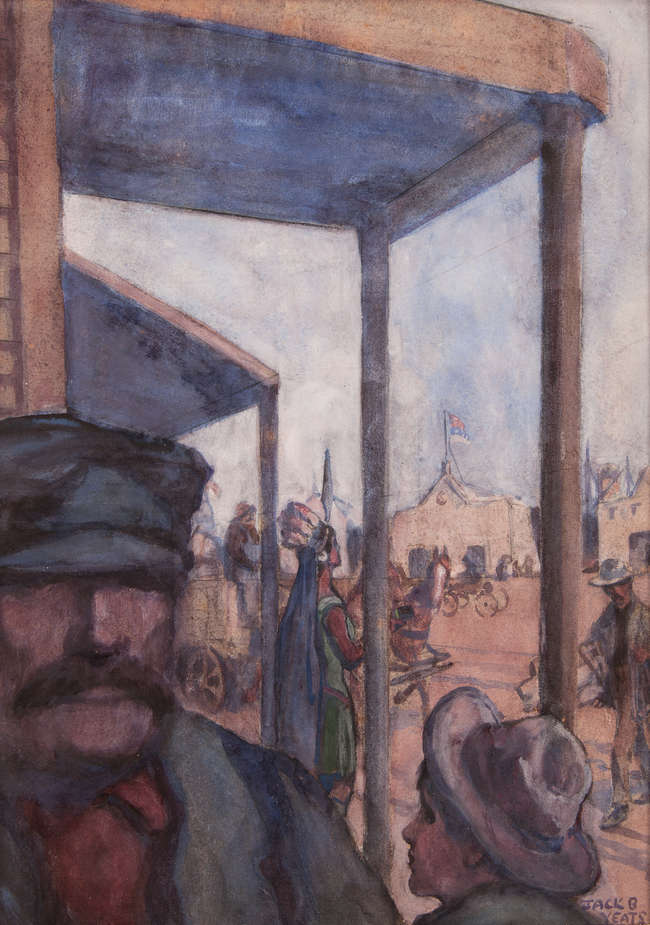PADRAIG PEARSE (1879 - 1916) THE FINAL ORDER OF SURRENDER, EASTER 1916. Written in Ink on Paper, 35 x 20.5cm (13 x 8) The single page having several drawing pin holes and crease marks, Signed and dated 30th April, 1916. In order to prevent further slaughter of the civil population and in the hope of saving the lives of our followers, the members of the Provisional Government present at headquarters have decided on an unconditional surrender, and commandants or officers commanding districts will order their commands to lay down arms. P.H.Pearse, Dublin, 30th April 1916 Provenance: Fr. Columbus O.F.M. Cap.; Fr. Conrad, O.F.M. Cap. As Provincial (Superior) of the Capuchin Order. Thence by descent. Sale: Adams, St.Stephens Green, Dublin May 2005, Lot No. 31, ���800,000 Literature: Seamus OBuachalla (Ed), The Collected Letters of Patrick Pearse. Peader O Donabhain, Doicimead Stairiuil O 1916, Comhar, Samhain, 1975. Piaras Mac Lochloainn, Last Words, Letters and Statements of the Leaders Executed after the Rising at Easter, 1916. Unconditional surrender Diarmaid Ferriter, June 2016 Historians have rightly made much of the importance of the First World War in relation to the staging of the Easter Rising in 1916. International conflict had a profound impact on those who became central leaders in the rebellion, including Patrick Pearse. He viewed the war as providing an opportunity for Irish republicans to organize, in a more serious manner, for rebellion but also to become preoccupied with the notion of blood sacrifice and the idea that the war presented an opportunity for redemption: It is good for the world that such things should be done. The old heart of the earth needed to be warmed with the red wine of the battlefields. Such august homage was never offered to God as this, the homage of lives given gladly for love of country. What that meant in practice, however, was brought home to Pearse by the end of Easter Week 1916. As noted by historian Joe Lee, After he had hesitated about surrendering initially, the sight of the shedding of innocent blood seems to have revolted Pearse as much as the rhetoric of blood had excited him. During the Rising, though the looting appalled him, he had refused to follow his own injunction to shoot captured looters. Now, from the rebels last headquarters in Moore Street, seeing three civilians with a white flag shot down, Pearse surrendered, in the hope of saving civilians and his followers, on the afternoon of Saturday, 29 April. There was nothing ambiguous about Pearses response to the demand of Brigadier-General William Lowe, who had commanded British military operations throughout most of the week, that the rebels surrender unconditionally. While the Provisional Government of the Republic had hoped to negotiate terms, Pearse, after his surrender to Lowe, was in no position to negotiate anything. Following a brief meeting with British commander in chief General John Maxwell at the British army headquarters in Parkgate Street, a quickly typed order to his subordinates was composed: In order to prevent the further slaughter of Dublin citizens, and in the hope of saving the lives of our followers now surrounded and hopelessly outnumbered, the members of the Provisional Government present at Headquarters have agreed to an unconditional surrender, and the commandants of the various districts in the city and country will order their commands to lay down arms. Pearse signed it, and on the same page underneath this order was a handwritten note by James Connolly: I agree to these conditions for the men only under my own command in the Moore Street District and for the men in the Stephens Green Command. This is one of the best-known documents in modern Irish history and it is housed at the Imperial War Museum in London. Given the clarity of this order, it should have been the last official one Pearse composed. But just as the 1916 Rising commenced in confused circumstances, so it finished in confused circu
PADRAIG PEARSE (1879 - 1916) THE FINAL ORDER OF SURRENDER, EASTER 1916. Written in Ink on Paper, 35 x 20.5cm (13 x 8) The single page having several drawing pin holes and crease marks, Signed and dated 30th April, 1916. In order to prevent further slaughter of the civil population and in the hope of saving the lives of our followers, the members of the Provisional Government present at headquarters have decided on an unconditional surrender, and commandants or officers commanding districts will order their commands to lay down arms. P.H.Pearse, Dublin, 30th April 1916 Provenance: Fr. Columbus O.F.M. Cap.; Fr. Conrad, O.F.M. Cap. As Provincial (Superior) of the Capuchin Order. Thence by descent. Sale: Adams, St.Stephens Green, Dublin May 2005, Lot No. 31, ���800,000 Literature: Seamus OBuachalla (Ed), The Collected Letters of Patrick Pearse. Peader O Donabhain, Doicimead Stairiuil O 1916, Comhar, Samhain, 1975. Piaras Mac Lochloainn, Last Words, Letters and Statements of the Leaders Executed after the Rising at Easter, 1916. Unconditional surrender Diarmaid Ferriter, June 2016 Historians have rightly made much of the importance of the First World War in relation to the staging of the Easter Rising in 1916. International conflict had a profound impact on those who became central leaders in the rebellion, including Patrick Pearse. He viewed the war as providing an opportunity for Irish republicans to organize, in a more serious manner, for rebellion but also to become preoccupied with the notion of blood sacrifice and the idea that the war presented an opportunity for redemption: It is good for the world that such things should be done. The old heart of the earth needed to be warmed with the red wine of the battlefields. Such august homage was never offered to God as this, the homage of lives given gladly for love of country. What that meant in practice, however, was brought home to Pearse by the end of Easter Week 1916. As noted by historian Joe Lee, After he had hesitated about surrendering initially, the sight of the shedding of innocent blood seems to have revolted Pearse as much as the rhetoric of blood had excited him. During the Rising, though the looting appalled him, he had refused to follow his own injunction to shoot captured looters. Now, from the rebels last headquarters in Moore Street, seeing three civilians with a white flag shot down, Pearse surrendered, in the hope of saving civilians and his followers, on the afternoon of Saturday, 29 April. There was nothing ambiguous about Pearses response to the demand of Brigadier-General William Lowe, who had commanded British military operations throughout most of the week, that the rebels surrender unconditionally. While the Provisional Government of the Republic had hoped to negotiate terms, Pearse, after his surrender to Lowe, was in no position to negotiate anything. Following a brief meeting with British commander in chief General John Maxwell at the British army headquarters in Parkgate Street, a quickly typed order to his subordinates was composed: In order to prevent the further slaughter of Dublin citizens, and in the hope of saving the lives of our followers now surrounded and hopelessly outnumbered, the members of the Provisional Government present at Headquarters have agreed to an unconditional surrender, and the commandants of the various districts in the city and country will order their commands to lay down arms. Pearse signed it, and on the same page underneath this order was a handwritten note by James Connolly: I agree to these conditions for the men only under my own command in the Moore Street District and for the men in the Stephens Green Command. This is one of the best-known documents in modern Irish history and it is housed at the Imperial War Museum in London. Given the clarity of this order, it should have been the last official one Pearse composed. But just as the 1916 Rising commenced in confused circumstances, so it finished in confused circu















Try LotSearch and its premium features for 7 days - without any costs!
Be notified automatically about new items in upcoming auctions.
Create an alert